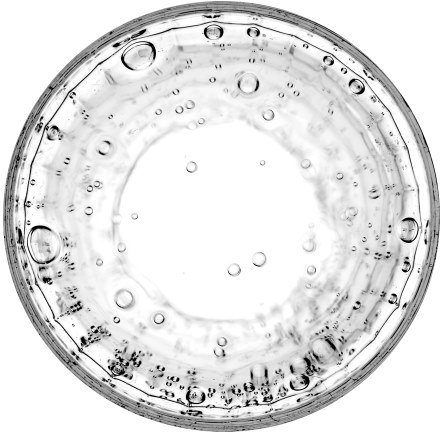We use our innovative Receptor-HIT technology to reveal and characterise the complex interactions between receptors, and use this knowledge to develop pharmaceutical products that improve patients’ lives.
Receptor-HIT (Heteromer Investigation Technology)
Cell-based assays are important tools used by the world’s pharmaceutical industries in drug discovery research. They are primarily used to determine the activity of drugs and drug candidates to improve the efficacy, safety and help validate drug candidates before they progress to human trials.
Dimerix’s patented cell-based assay, known as Receptor-HIT (Heteromer Investigation Technology), can be applied to a number of stages of the drug development process. The company’s core technology allows identification of pairs of different receptors that function in a joint manner (interact) when ligands, small molecule drugs, peptides or antibodies, bind to them. Functionally interacting receptors of this type are known as heteromers. If these receptors are drug targets, then this could potentially result in a unique pharmacology and therefore biological function.
“Dimerix’s patented Receptor-HIT (Heteromer Investigation Technology) can be applied to a number of stages of the drug development process”
Why Receptor-HIT?
Compared with the traditional analysis of single target receptors in isolation, Dimerix is able to identify differences in signalling behaviour when receptors interact as heteromers.
Dimerix is applying its technology to receptors such as G-protein coupled receptors (GPCR’s); a large and important family of drug targets that play a central role in many biological processes and are linked to a wide variety of diseases. Of the more than 800 GPCR’s in the human genome, over 150 are orphan receptors, meaning their natural (or endogenous) ligand has not been identified and the exact mechanism the receptor plays is yet to be discovered.
The de-orphanisation of G-protein coupled receptors (GPCR’s) leads to:
- Profiling compounds to identify the signalling effects and identify potential unwanted effects
- Differentiation between protein interactions of the heteromer complex to optimise the drug performance.
- Receptor-HIT assay is available for licensing globally, with granted patents in various territories until 2029.
Commericialisation of the Technology
Receptor-HIT is a scalable, globally applicable, proprietary technology that enables understanding of receptor interactions to rapidly screen and identify new drug opportunities. Receptor-HIT is also available for licensing globally.
Dimerix continues to assess other potential opportunities that fit with the company strategy. Dimerix intends to focus on selecting appropriate pipeline candidates within the Company’s resource and funding capabilities. All potential opportunities screened are commercially attractive and could result in patient preferred products.
Dimerix has used its Receptor-HIT technology to identify a new treatment (DMX-200) that may transform the lives of patients with kidney disease. DMX-200 is a chemokine receptor (CCR2) blocker and is administered to patients taking an angiotensin II type I (AT1) receptor blocker (ARB), the standard of care treatment for kidney disease. DMX-200 has granted patents in various territories until 2032, with patent applications submitted that may extend this to 2042 if granted.



